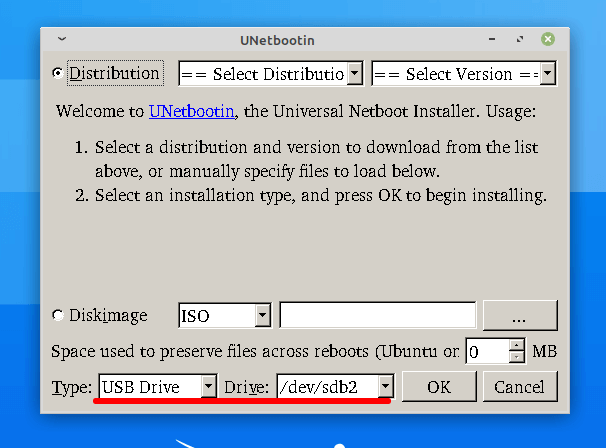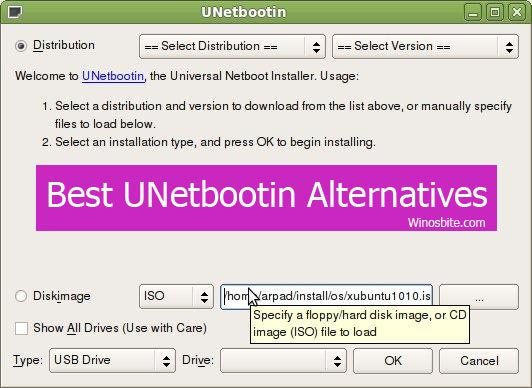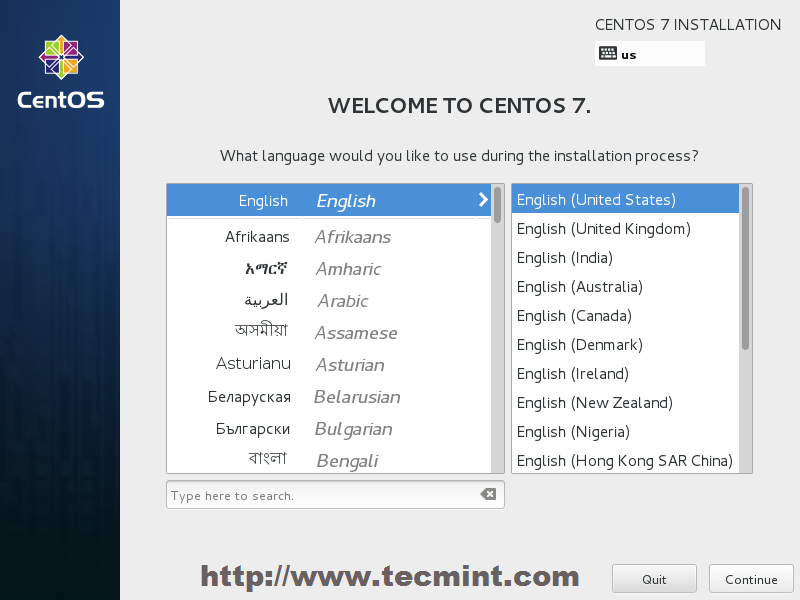

Other feature includes loading files with custom disk image, automatic detection of mass storage, and creating a bootable USB drive.

Centos unetbootin software#
Supported System Utilities: UNetbootin software can be used to load various system distributions, such as Parted Magic, SystemRescueCD, Super Grub Disk, Dr.Web Antivirus, F-Secure Rescue CD, Kaspersky Rescue Disk, Backtrack, Ophcrack, NTPasswd, Gujin, Smart Boot Manager and FreeDOS.

Supported Distributions: UNetbootin supports various Linux distributions, including Ubuntu, Kubuntu, Xubuntu, Lubuntu, Debian, openSUSE, Arch Linux, Damn Small Linux, SliTaz, Linux Mint, Zenwalk, Slax, Elive, CentOS, FreeBSD, NetBSD, 3CX, Fedora, PCLinuxOS, Sabayon Linux, Gentoo, MEPIS, LinuxConsole, Frugalware Linux, xPUD, and Puppy Linux.Security: The program doesn't erase any files because it does not format your USB flash drives or external hard drive devices.Once completed you will have a bootable USB drive using dd iso to usb. This command may take some time depending upon the size of the ISO and system resources ~]# dd if=/root/rhel-server-7.7-x86_64-dvd.iso of=/dev/sdb bs=4kĤ501536768 bytes (4.5 GB, 4.2 GiB) copied, 1323.54 s, 3.4 MB/s Now you can execute dd command using the source location with if=" /source/path/iso" and of=" /destination/path". Using 0xf8 media descriptor, with 8792064 sectors įilesystem has 2 32-bit FATs and 8 sectors per cluster.įAT size is 8576 sectors, and provides 1096860 clusters. dev/sdb1 has 64 heads and 32 sectors per track, You can check the existing filesystem type of your USB drive using various methods in Linux: ~]# mkdosfs -v -I /dev/sdb1 -F 32 disk SanDisk Cruzer Blade 1.00 /dev/sdbįormat the USB with FAT32 filesystem. You can check the mount point of your USB drive using different commands and methods. You do not need graphical environment to use dd ISO to USB command for creating bootable USB drives. Using dd ISO to USB command you can create bootable USB from ISO linux command line without download any third party tools. Once the operation is successful, you will see the below image: Next you can see the conversion has started to burn ISO to USB Drive.
Centos unetbootin windows 10#
usr/share/icons/hicolor/64圆4/apps/imagewriter.pngĪLSO READ: Windows Subsystem for Linux (WSL2) on Windows 10 (Step-by-Step)Ĭlick on Write to start the conversion from ISO to bootable USB drive. usr/share/icons/hicolor/32x32/apps/imagewriter.png usr/share/icons/hicolor/128x128/apps/imagewriter.png You can also check the content of imagewriter rpm ~]# rpm -ql imagewriter
Centos unetbootin install#
Once downloaded, you can install the imagewriter rpm as shown below: ~]# rpm -Uvh imagewriter-800585.134a9b3-5.1.x86_64.rpm Since we are using RHEL/CentOS 7 node, we will download the compatible imagewriter rpm from the official source using wget ~]# wget This tool is by default available with SuSE distribution but for other distribution you can download the respective rpm from the official page SuSE Studio is another tool to create bootable usb from iso linux using graphical interface. Now you can use this bootable USB to boot your node.


 0 kommentar(er)
0 kommentar(er)
